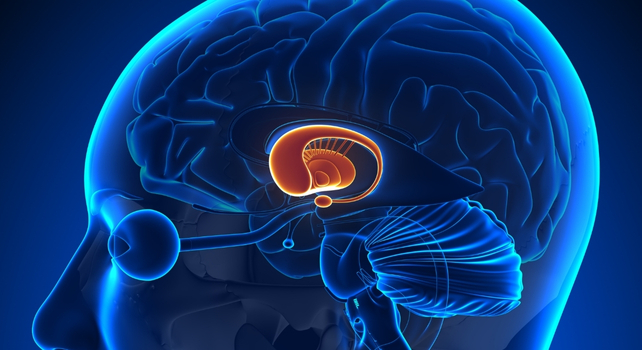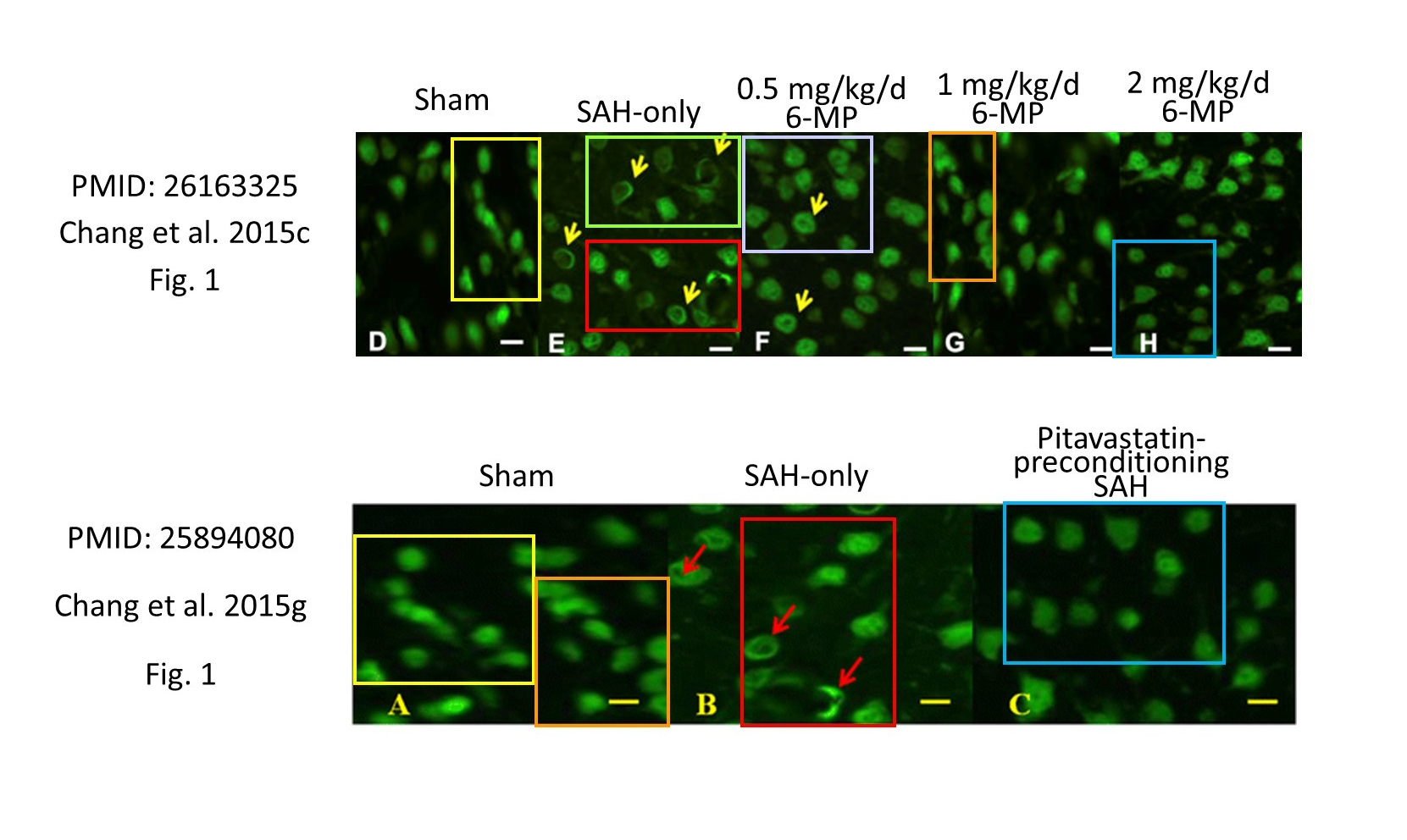A search for Parkinson’s in the hiss of our brain’s static has revealed measures of motor control that could one day fine-tune precise forms of stimulation therapy.
Led by the Max Planck Institute for Human Cognitive and Brain Sciences in Germany, an international team of scientists combined five sets of electrophysiological data taken from deep within the brains of 119 people with Parkinson’s disease.
By comparing specific brain-wave activity to the severity of individual patients’ symptoms, the researchers were able to sift out patterns that could be confidently matched to the condition’s impact on movement.
Related: Restless Legs Treatment Slashes Increased Risk of Parkinson’s Disease
Parkinson’s disease is fundamentally a breakdown in the functioning of a part of the brain called the basal ganglia, robbing people of the ability to filter information required to keep their body movements precise and steady. The result is slow, stiff, shaky motion.

In theory, changes in the basal ganglia’s operation should be noticeable in their electrical activity, appearing as a general excess of mid-to-high-range oscillations known as beta waves, as well as an increase in spiking signals.
Studies have captured plenty of beta-wave activity in the past through electrodes implanted deep in the brain as a means of treatment. Although it was evident that these waves varied with symptom severity, the methods used to interpret the buzz left a lot to be desired.
A mix of patient diversity, combinations of symptoms, and a lack of unaffected controls made it difficult to compare the brain-wave activity of diseased states with a ‘healthy’ standard.
By pooling multiple datasets and comparing differences in similar activity between more-or-less affected basal ganglia in each brain hemisphere, the researchers behind this latest study could ‘listen in’ on harmonies hidden within the brain’s roar.
“You can imagine the brain as a concert hall full of musicians before a rehearsal,” says lead author and neurologist Moritz Gerster.
“Some groups play together, creating a distinct rhythm. Others practice on their own, merging into a non-rhythmic ‘noise’. If you only measure the overall volume, you miss this distinction.”
Identifying precise rhythms in the basal ganglia could eventually play a valuable role in treatments that use deep brain stimulation. This could help return a degree of motor control to those with Parkinson’s by dynamically responding to changing rhythms – like a conductor who now knows what to listen out for.
This research was published in eBiomedicine.
Source link


